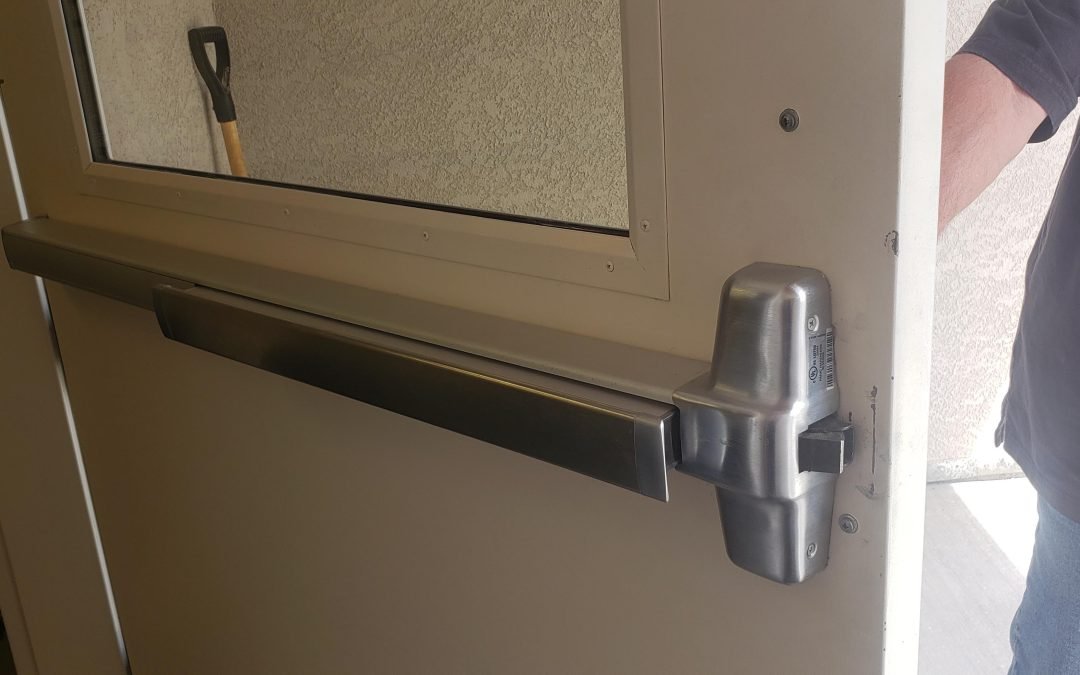Ensuring the security and integrity of a business premises is paramount for safeguarding assets, employees, and sensitive information. As a commercial locksmith with years of experience in assessing and enhancing business security, I understand the importance of conducting regular security audits to identify vulnerabilities, address security gaps, and strengthen overall security measures. In this blog post, Ohio Mobile Locksmith will delve into the locksmith audit checklist for businesses, outlining key areas to assess and actionable steps to enhance business security effectively.
Overview of a Locksmith Audit Checklist
A locksmith audit checklist serves as a comprehensive tool for evaluating the security posture of a business premises, identifying potential security risks, and recommending remedial actions to enhance security measures. By following a structured audit checklist, businesses can proactively mitigate security threats, ensure regulatory compliance, and maintain a safe and secure environment for employees and visitors.
Key Areas to Assess in a Locksmith Audit
- Entry Points:
- Evaluate the condition and functionality of all entry points, including doors, windows, and emergency exits.
- Inspect locks, hinges, and door hardware for signs of wear, damage, or tampering.
- Test the operation of locks, deadbolts, and security mechanisms to ensure they are functioning correctly.
- Access Control Systems:
- Review the effectiveness of access control systems, key management protocols, and key control procedures.
- Assess the security of key distribution, key tracking, and key duplication practices.
- Verify the accuracy of access control lists, user permissions, and access logs.
- Surveillance and Monitoring:
- Check the placement and coverage of surveillance cameras, motion sensors, and security alarms.
- Test the functionality of surveillance systems, ensuring they are recording, monitoring, and alerting as intended.
- Review security footage, access logs, and incident reports to identify security incidents or anomalies.
- Physical Security Measures:
- Inspect the condition of physical barriers, fencing, lighting, and signage around the premises.
- Ensure that security hardware, such as padlocks, chains, and bars, are in good working order.
- Evaluate the effectiveness of security measures for outdoor areas, parking lots, and storage facilities.
- Emergency Response Preparedness:
- Review emergency response plans, evacuation procedures, and crisis communication protocols.
- Conduct drills and simulations to test the readiness of employees in responding to security incidents.
- Verify the availability and functionality of emergency equipment, such as fire extinguishers and first aid kits.
- Cybersecurity Assessments:
- Collaborate with IT professionals to conduct cybersecurity assessments and penetration testing.
- Assess the security of digital assets, network infrastructure, and information systems.
- Identify vulnerabilities in software, hardware, and network configurations that may pose security risks.
Actionable Steps to Enhance Business Security
- Address identified security vulnerabilities promptly and implement recommended security enhancements.
- Train employees on security best practices, emergency response protocols, and cybersecurity awareness.
- Maintain regular communication with security professionals, locksmiths, and IT experts to stay updated on emerging security threats and solutions.
- Document audit findings, remedial actions, and security improvements to track progress and ensure ongoing security compliance.
Conclusion
Conducting a locksmith audit checklist for businesses in Columbus, Ohio is a proactive and strategic approach to enhancing security, identifying vulnerabilities, and strengthening security measures to protect business assets and personnel. By following a systematic audit process, businesses can assess their security posture comprehensively, address security risks effectively, and maintain a safe and secure environment conducive to business operations. By prioritizing security audits, businesses demonstrate a commitment to security excellence, compliance with regulatory standards, and safeguarding against security threats in an ever-evolving security landscape.
